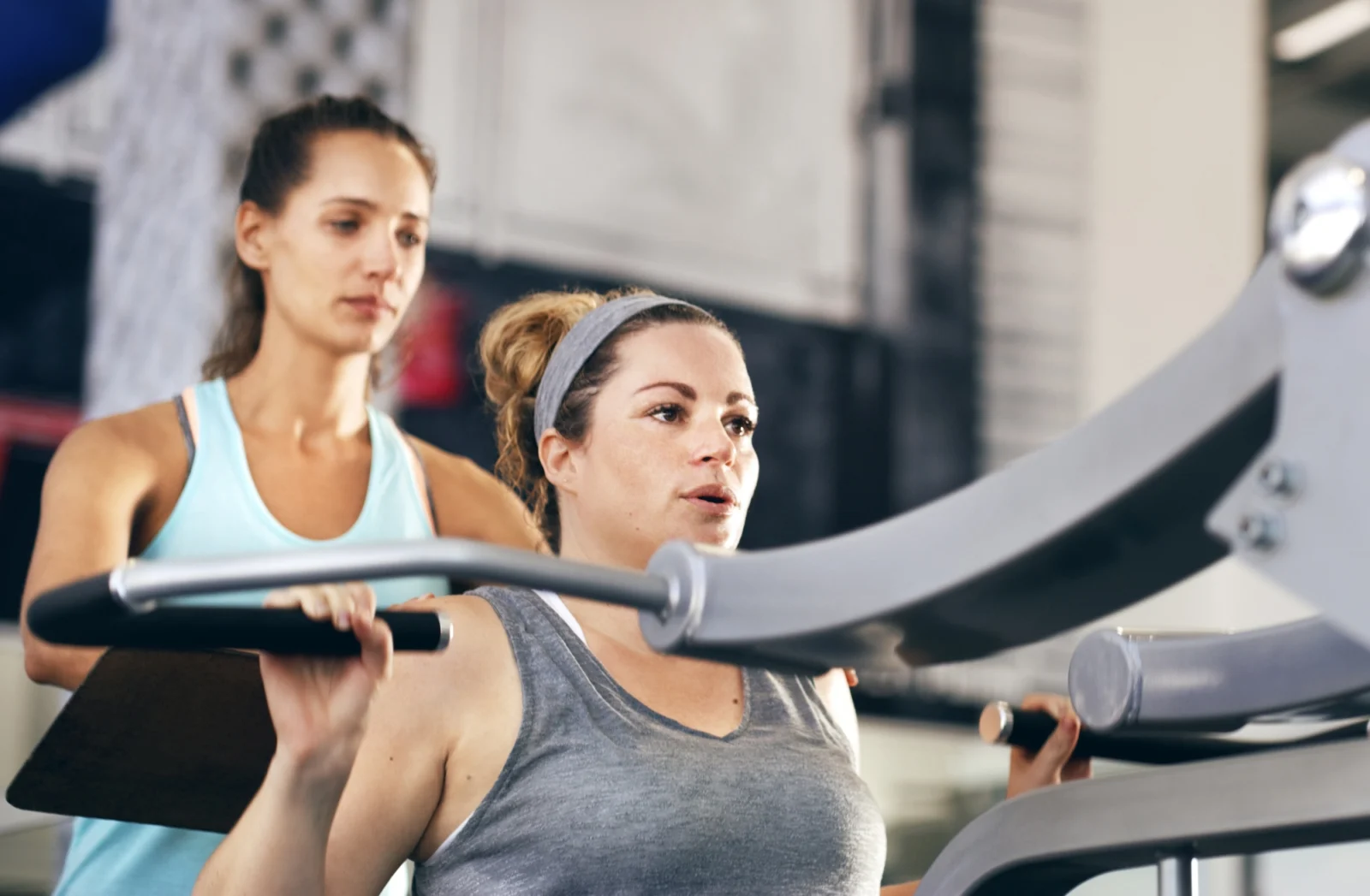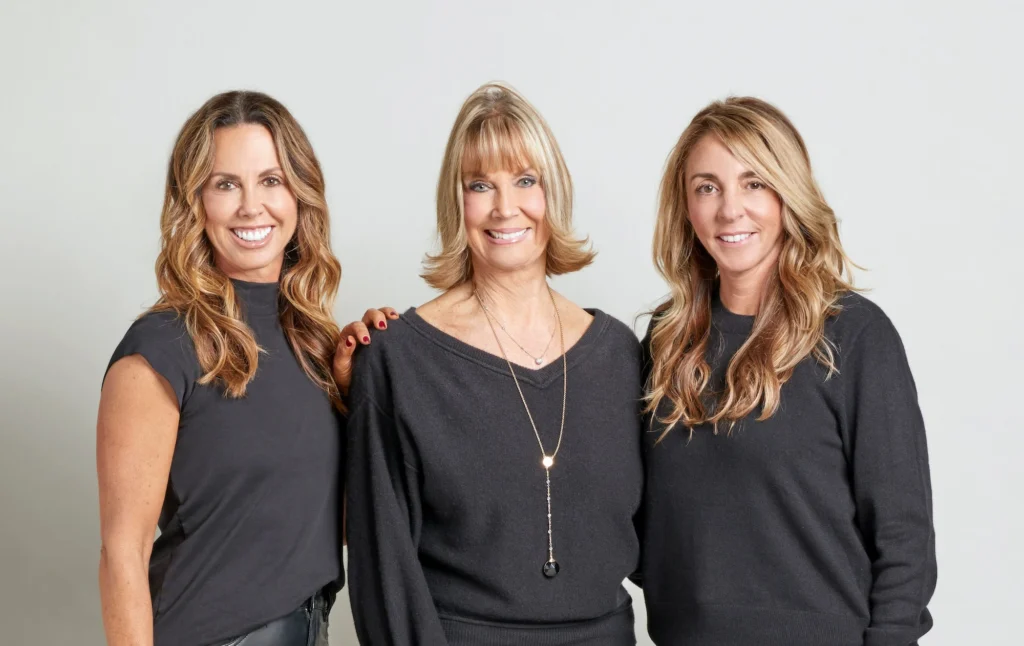How Women Are Redefining Fitness on Their Own Terms

Female fitness pros increasingly occupy leadership roles in organizations and as entrepreneurs, but work remains to achieve gender equity
Women’s History Month commemorates the achievements and struggles of women throughout history and casts a light on the evolving roles and burgeoning presence of women. The fitness industry serves as a prime example of this evolution.
Historically, the fitness world mirrored many other sectors, with men predominantly occupying the roles of personal trainers, health coaches and group instructors. Today, women are participating in fitness at higher rates and stepping into roles of leadership and influence as personal trainers, health coaches and business owners while continuing to overcome barriers to success.
The Female Fitness Experience
Initially, women’s involvement in fitness was relegated to specific segments, such as aerobics or women-only gyms, reflecting broader stereotypes and societal expectations of the time. These roles, while important, represented a narrow view of women’s capabilities.
As the decades passed, the fitness industry began to see a gradual change fueled by shifting societal attitudes and women began to assert their presence, breaking through stereotypes and redefining what it means to be a fitness professional.
Maria Luque, PhD, MS, CHES, ACE-CPT, ACE-FNS, educator and founder of Fitness in Menopause, says that, as a fitness professional with over two decades of experience in this industry, and exclusively working with women for over 10 years, she’s witnessed a remarkable transformation in the industry’s approach to women’s roles as personal trainers and health coaches.
“Initially, there was a prevalent stereotype that women were primarily clients rather than leaders in the fitness space,” Luque says. “However, there has been a significant shift towards recognizing women as knowledgeable and skilled professionals in this field, a change that should inspire and motivate all of us.”

Judi Sheppard Missett is a quintessential example of female innovation and leadership. In 1969, Missett founded Jazzercise, a dance-based fitness program that seamlessly blended jazz dance with exercise, strength training and stretching.
Missett, who is worth around $100 million, has turned her brainchild into a global empire, encouraging women to embrace entrepreneurship within the fitness industry.
Other examples of women who are making inroads in fitness entrepreneurship and leadership are ClassPass founder Payal Kadakia, whose net worth is at least $60 million, and Robin Arzón, the Vice President of Fitness Programming at Peloton, who has emerged as a prominent figure and highly popular instructor for the brand.
The Gender Pay Gap
Women in the fitness industry often confront gender biases that undermine their professional credibility and contribute to pay disparities compared to their male counterparts.
For instance, female personal trainers and health coaches may face skepticism regarding their expertise and physical capabilities, a challenge seldom faced by men. These biases can extend to compensation, where, despite equal qualifications and responsibilities, women frequently earn less.
A 2021 salary survey from the The Personal Trainer Development Center (PTDC), found that women, on average, earn 68% of what men earn for substantially similar work. In the personal training world, the gap is even larger, with female personal trainers earning 66% of what male personal trainers make, with male survey respondents reporting an annual average income of $54,514, while female respondents reported an average income of $35,945.
Irene Lewis McCormick, MS, personal trainer and award-winning educator, says the conversation about gender biases and pay disparities is not unique to the fitness industry; it’s a nationwide issue affecting various professions, where the quality of service is becoming more important than the mere hour spent delivering the fitness service. She advocates for a shift in the fitness industry’s compensation structure.
“I would like to move away from a time-based model to one that recognizes the value of the fitness pros’ experience and expertise,” McCormick says.

Women Are Not Small Men
Another relevant angle when it comes to women overcoming barriers is in exercise science research and how women have been underrepresented. This is important because good program design hinges on available research and education.
Susane Pata, NASM content strategist and global master instructor, is eager to help change that conversation.
Pata’s journey of discovery led her to the work of Dr. Stacy Sims, a figure who has become synonymous with innovation in the field of female athletics. Pata reflects on her initial encounter with Sims’ research and the realization that there was “someone out there focused on the female athlete.”
According to Pata, Sims has opened new avenues for “discussions about female athletes: their health, performance, wellness and longevity—all in new ways based on the latest research” and highlights a popular quote from Sims: “women are not small men,” a simple yet powerful statement that challenges longstanding biases in sports science.
This assertion not only emphasizes the biological differences between men and women but also marks a significant shift in how female athletes are perceived and studied.
“She is now putting conversations about the female athlete on the table—conversations and comparisons that were never there before,” Pata notes.
Pata also admires athletes like Tia-Clair Toomey. The discourse surrounding Toomey, whether it involves criticism or praise, “makes a space at the table for female athletes,” showcasing their undeniable talent and dedication.
Pata ties these observations to a broader narrative of gender equality and collaboration in sports.
“So whereas obvious physiological gender differences exist, women like these are showing that you can have a seat at the table with men,” Pata says.
Opportunities Ahead for All
The demand for personal trainers and fitness instructors has surged over the past decade, with the Bureau of Labor Statistics projecting a 15% growth between 2019 and 2029. This expansion is set to add approximately 57,600 more trainers over the next 10 years, suggesting the growing influence of women in the industry.
Pata encourages other female fitness professionals to take advantage of the upswing and to keep learning.
“Knowledge is power, and … it is highly advantageous to go in armed with knowledge and never be complacent,” she says. “Just because you took one certification does not mean the learning stops there. It never ends.”
For women new to the industry or who need advice, Pata suggests they “try a little bit of everything” because it can “inform future decisions, especially those in it for the long game.”
McCormick, an industry veteran, says that while there are trailblazing women who have taken on significant roles and have been recognized for their contributions, the fitness industry still has a long way to go to achieve gender balance; perhaps particularly in executive roles.
“The representation of women in leadership positions in the fitness industry is a topic of concern,” McCormick says. “According to a survey, 47% of men work in leadership roles in fitness compared to only 36% of women. Men comprise 70% of gym owners and women account for 29%.”
Luque is encouraged by the changes she sees in the industry but agrees that there is more work to be done, echoing McCormick’s perspective.
“As more women enter the fitness profession, there’s a greater emphasis on inclusivity, diversity and recognizing the unique needs and experiences of women in fitness and health coaching,” says Luque.
“These shifts not only provide more opportunities for women to thrive professionally but also contribute to a more balanced and inclusive fitness industry that better serves the diverse needs of all individuals, regardless of gender,” she adds.



